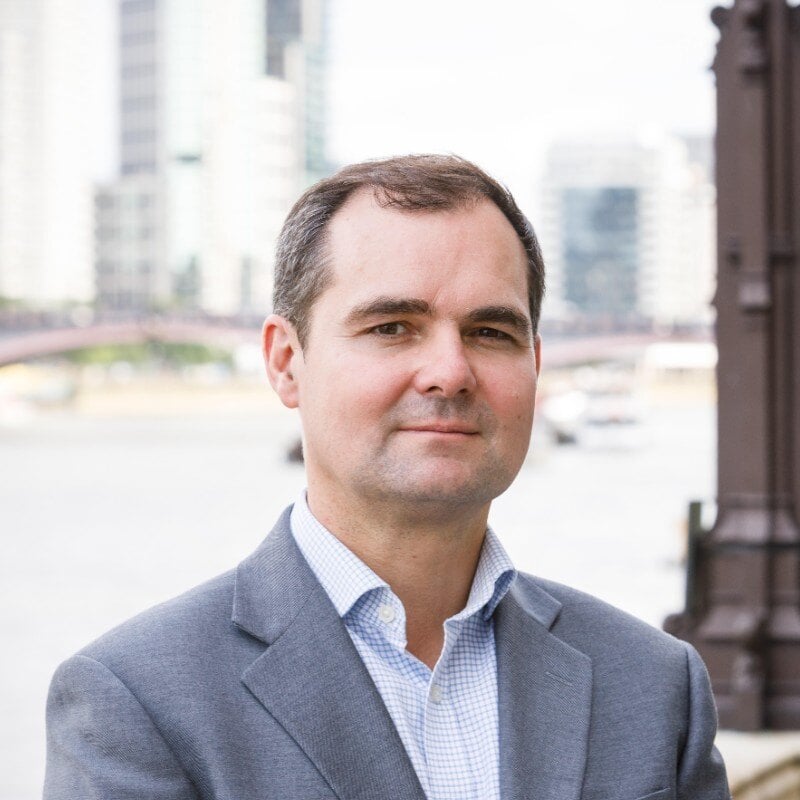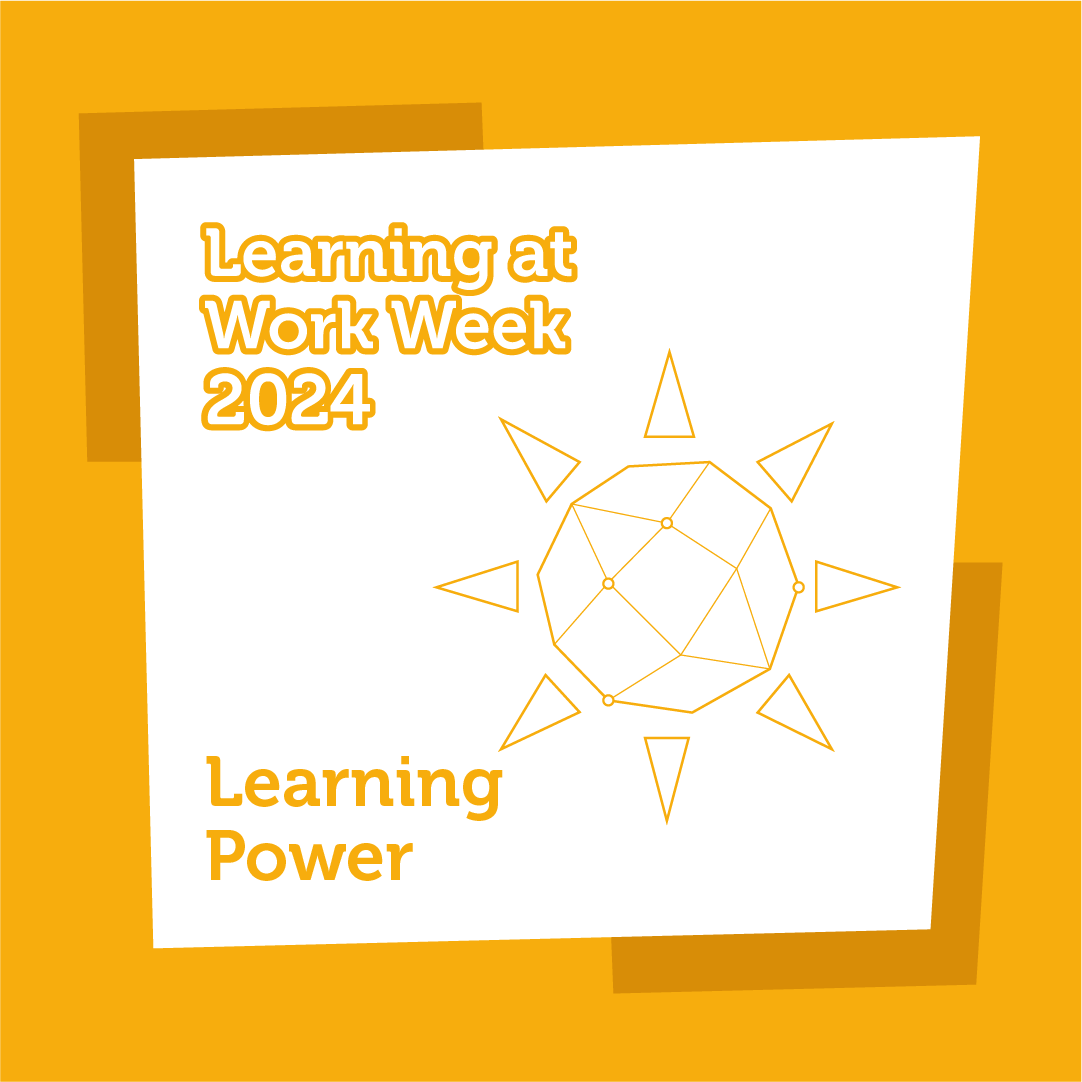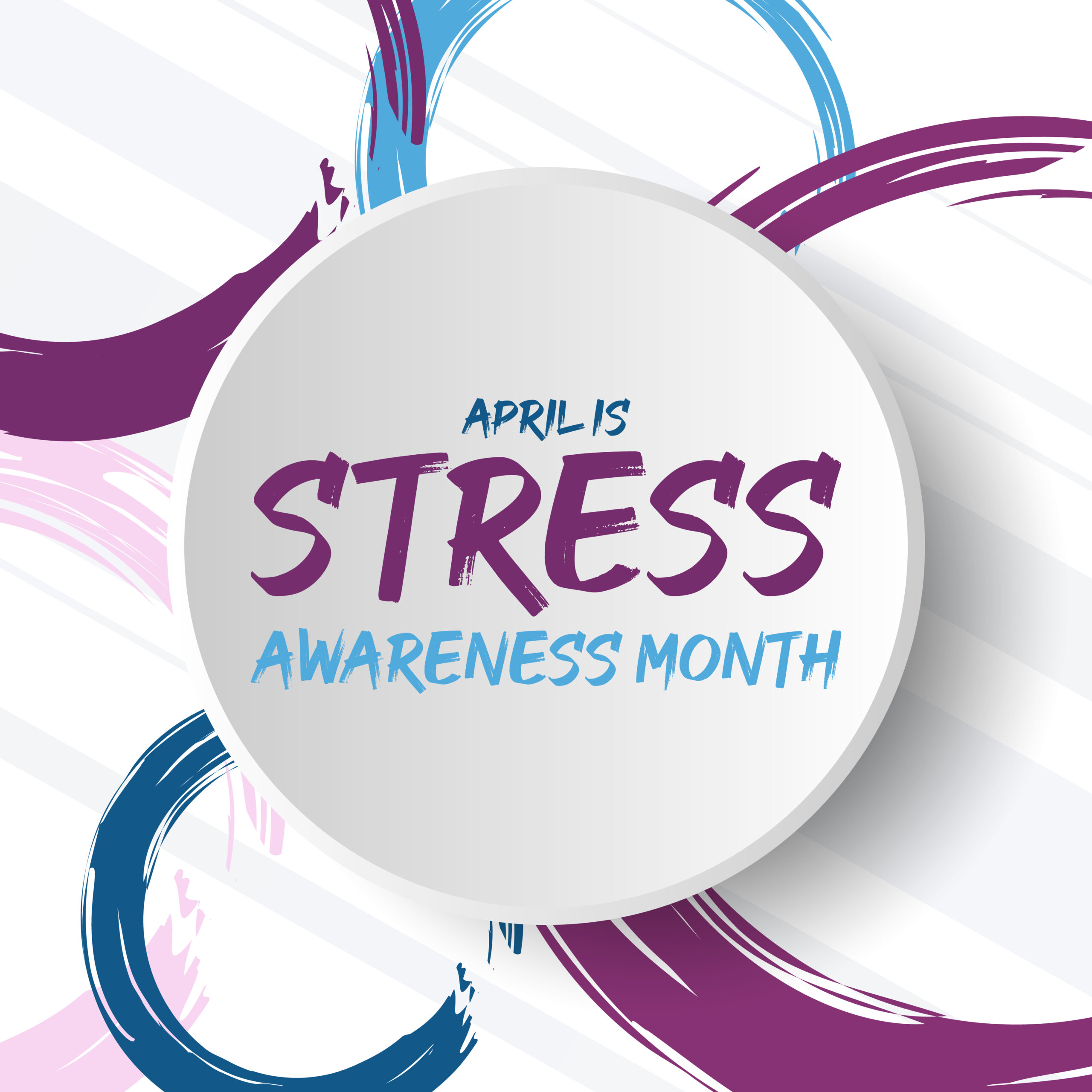It’s National Employee Wellness Month and World Wellbeing Week in June, and Guy Windsor-Lewis explores the true value of health and wellbeing within real estate.
-1.png?width=800&name=Website%20images%20(1)-1.png)
Whether the industry fully realises it or not, spaces and one's wellbeing are directly tied to one another. We spend most of our lives within our homes, workplaces, and communities, and so it's only logical that it significantly contributes to our health and happiness. As defined by the Global Wellness Institute (GWI), wellness real estate “explicitly puts people’s wellness at the centre of the conception, design, creation and redevelopment of homes and neighbourhoods.” Whilst the idea was gaining some steam before the pandemic, it hadn’t fully taken off. Today, its need is inescapable. Ophelia Yeung, senior research fellow at GWI and co-author of the report: Wellness Real Estate: Looking Beyond COVID-19, says, “The pandemic has driven the idea of ‘building for human health’ into the mainstream consumer consciousness, and the recent market growth far exceeded our predictions, as well as general economic growth trends.”
If safety, sustainability, and serenity weren’t considered by operators as key priorities before, it is now, as the pandemic opened the eyes of the industry to vulnerability of occupiers that journeys beyond physical health.
An endless crisis
We are in the throes of uniquely challenging times - an ageing population, a burnout crisis, an ongoing pandemic scare, and environmental disasters. The seriousness in how real estate operators respond to this endless line of crises will determine future relationships with the built environment, as occupiers seek spaces that protect mental, social, and physical health and wellbeing. Now more than ever, real estate must enable that protection by spearheading wellness that stems from a people-driven approach, facilitated by a combination of human and tech powered services.
From management to wellness curation
Increasingly, PropTech is etching its place as an essential tool for real estate operators to use in its wellness drive. It's already established its value and capability in the optimisation of property and portfolio management, safety, and security, but its purpose and value has expanded to include the principles of ESG (Environment, Social and Governance) - and for good reason. Whilst technology was a lifeline for people, businesses, and communities to remain connected through the pandemic and a catalyst for the flexi-working revolution, the transition to life post pandemic has shone a light on numerous challenges. The prolonged use of video communications has led to the blurring of personal and professional boundaries and has increased anxiety towards real social interaction, setting back the revitalisation of the built environment. It is why real estate investors, managers and operators have the opportunity to embrace a broader suite of tech solutions to reactivate communities once more, committing to their voice and catering to their wellness.
A direct response
However, implementing something without consultation of those on the ground is the last thing we should be doing. Similar to how developers take a community-led approach to gaining planning approvals, tech can be implemented in the same way. Through a centralised platform, we can gauge occupier sentiment in real time through surveys, newsfeeds, quick polls and deliver on occupiers’ needs.
Whether its curating events and offers to strengthen community bonds, enhancing safety and security through integrations with IoT and sensor platforms to alleviate anxiety by monitoring air quality and crowd control, or increasing communication to ensure occupiers are instantly notified and informed, real estate operators must directly respond to the unique wants, worries, and triggers of occupiers to unlock a fully optimised wellness experience that increases the performance and overall value of their spaces.
A wellness frontier
A new frontier of wellness is beginning to take shape and the industry must respond by consolidating real estate management and occupier engagement that combines both human and PropTech solutions that are geared to supporting wellness – it’s only then can real estate truly commit to the wellness era.




